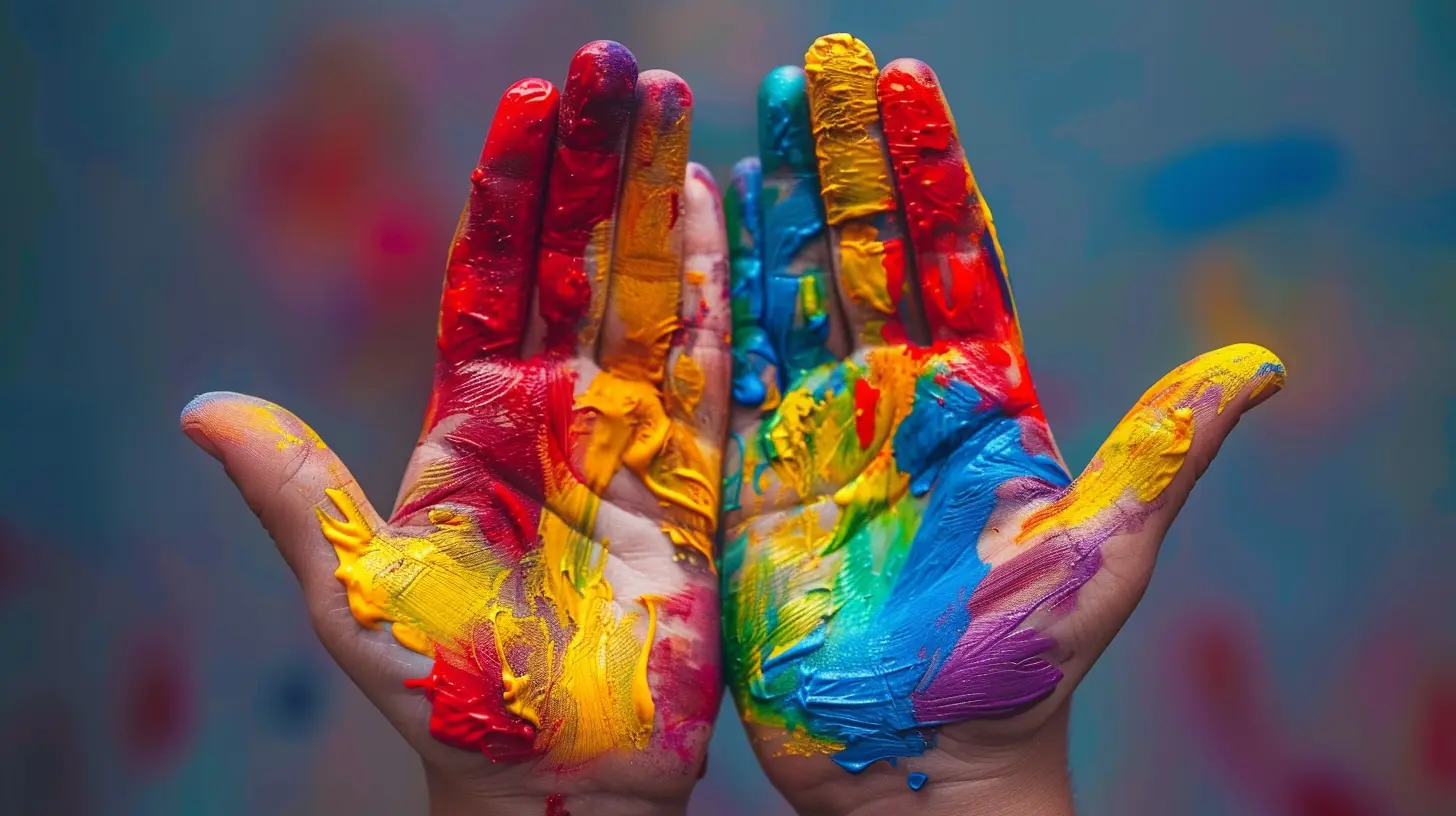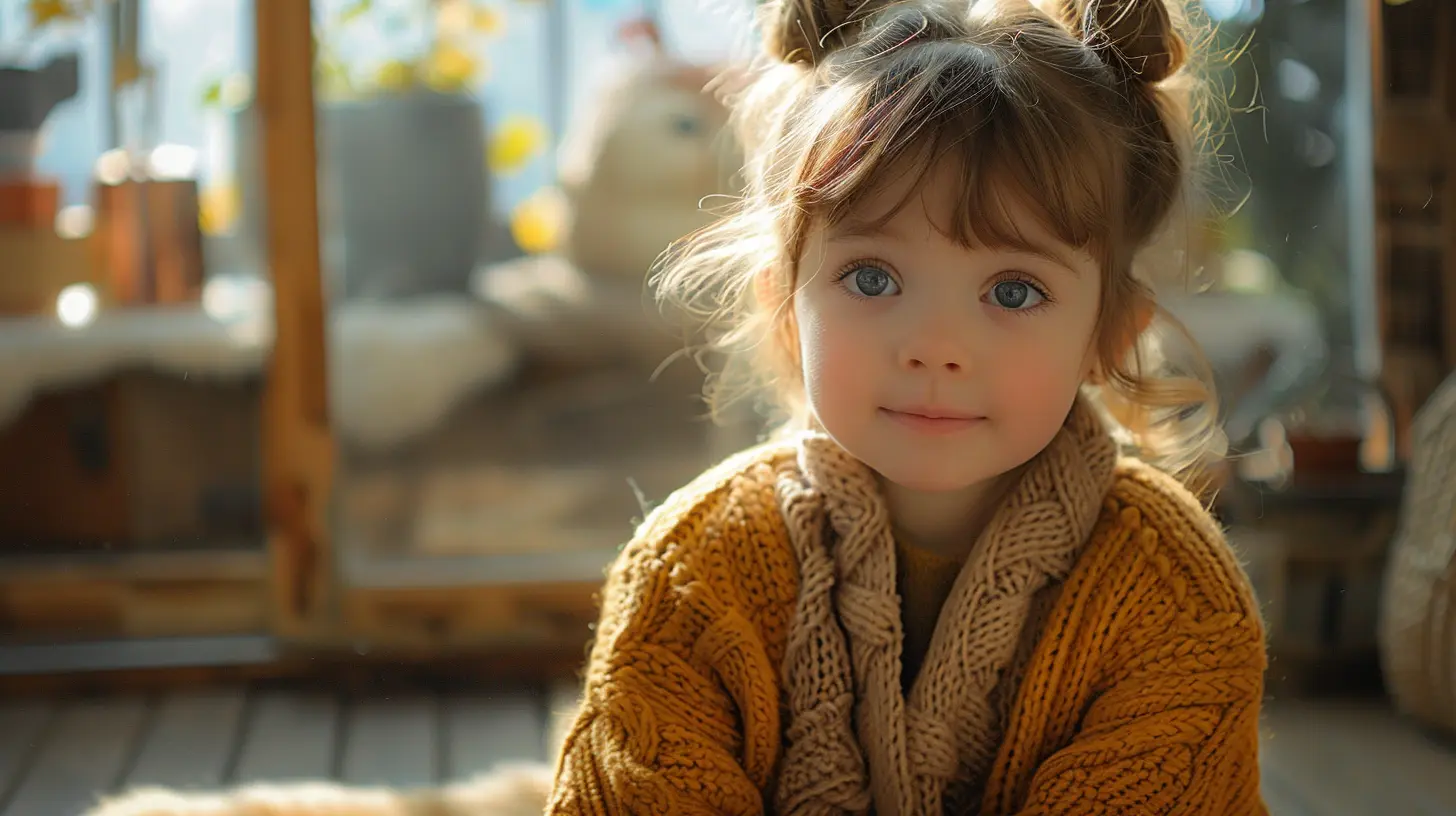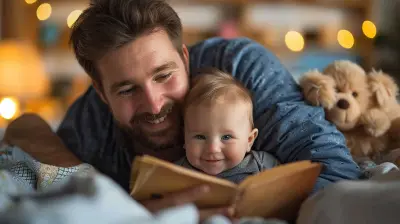How to Nurture Creativity in Your Preschooler
14 October 2025
Ever watched your little one turn a cardboard box into a spaceship or a blanket into a superhero cape? Preschoolers are natural-born creatives. Their imaginations are wild, untamed, and absolutely brilliant. But here’s the thing—creativity isn’t just about arts and crafts. It’s a way of thinking, expressing, solving problems, and viewing the world. And the best part? As a parent, you're in the perfect spot to help your child nurture this magical quality.
In this article, we’ll dive deep into simple yet powerful ways you can encourage your preschooler’s creativity every day. We’ll chat about practical tips, meaningful play, and how to create an environment where your child’s imagination can truly flourish.
Why Creativity Matters (Even More Than You Think)
Let’s clear something up first—creativity isn't only for artists or musicians. It's not just about painting rainbows or molding clay animals (though that's fun, too). Creativity is critical thinking dressed up in sparkles. It's how kids learn to:- Solve problems.
- Make decisions.
- Communicate feelings.
- Adapt to new situations.
- Think outside the box.
In fact, research consistently shows that creative children are more confident, better at social interactions, and even score higher academically later on. So yeah, it's a pretty big deal.
Step One: Create a Safe Space for Big Ideas
Want to know a secret? Creativity thrives in safe spaces. I'm not just talking about baby-proofed furniture (though that’s important too). I mean emotional safety. When kids feel judged or pressured, they shut down. But when they feel safe to be silly, try new things, and even fail—they bloom.What You Can Do:
- Say yes more than you say no. Does your kid want to use spaghetti noodles for art? Go for it.- Avoid correcting their creative choices. So what if grass is purple and the sky has polka dots? That’s imagination in action.
- Celebrate effort, not perfection. “Wow! I love how many colors you used!” is way better than, “This doesn’t look like a cat.”

Ditch the Scripts: Encourage Open-Ended Play
Here’s something you might not realize—most toys don’t encourage creativity. Yep, that battery-operated dollhouse with a million buttons? It does all the work. The real magic happens with toys that don’t have rules.Think About Offering:
- Building blocks (hello, endless possibilities!)- Blank paper and crayons
- Playdough
- Dress-up clothes
- Nature finds (rocks, leaves, sticks)
Open-ended toys force the brain to invent. They don’t say "Here's what to do.” They ask, “What do you want to make today?”
Make Room for Mess (Seriously)
Let’s get real—creativity is messy. Glitter gets everywhere. Paint ends up on the dog. But instead of freaking out (easier said than done, I know), try to embrace the chaos. The mess is where the learning lives.Quick Tips for Controlled Chaos:
- Use an old sheet or plastic mat for crafty projects.- Designate a “messy zone” in your home—maybe a corner of the kitchen.
- Keep wipes and easy-clean supplies handy.
Remember, the goal isn’t clean art—it’s creative growth.
Ask More Questions (And Fewer Commands)
Want to turbocharge your child’s imagination? Stop giving directions and start asking questions. When you ask your preschooler how something works or what they think, you’re encouraging deeper thinking.Try These:
- “What do you think would happen if…?”- “How could we build that?”
- “Why did you make it like this?”
- “What’s the story behind your drawing?”
You’ll be amazed at the creativity that spills out when you simply get curious.
Embrace Boredom
This one might sound counterintuitive, but boredom is actually a gift. When we're constantly scheduling, entertaining, and organizing every minute of our kids’ day, we rob them of the chance to get wildly, wonderfully creative on their own.When boredom strikes, that’s when cardboard boxes become castles. That’s when your little one invents a game using only socks and couch cushions.
So next time your preschooler says, “I’m bored,” take a deep breath and say, “Awesome! I bet you’ll come up with something amazing.”
Model Creativity Yourself
Kids are like little mirrors. They reflect what they see. If they see you doodling, singing in the kitchen, or writing silly poems—they’ll want to do it too.You don’t have to be Picasso. Just show them that being creative is fun and worth doing.
Ideas to Try:
- Draw side-by-side during quiet time.- Make up a bedtime story together.
- Dance around the living room.
- Cook “invented” recipes with silly names.
Being creative together isn’t just good for them—it’s bonding time for both of you.
Celebrate The Process, Not Just The Product
It’s easy to fall into the “That’s so pretty!” trap when your kid brings you a drawing. But boosting creativity means focusing on effort, ideas, and process—not just results.Switch It Up Like This:
- Instead of: “That looks nice!”- Try: “I can see you worked really hard on this. Tell me about it!”
When we value the journey over the end result, kids feel free to experiment and take creative risks.
Limit Screen Time (But Don’t Panic About It)
Let’s be honest—screens are part of life. And some shows and apps can absolutely fuel creativity. But too much passive screen time? Not so great.Be selective. Look for quality creative content and balance it with plenty of screen-free time where your child can build, explore, and create from scratch.
Let Mistakes Happen
Ever seen a preschooler melt down because their drawing didn’t turn out “right”? That’s totally normal. Our job is to help them see that mistakes aren't disasters—they’re just detours.Encourage a Growth Mindset by Saying:
- “It’s okay to mess up—that’s how we learn.”- “Oops! What could we do differently next time?”
- “Let’s turn this into something new!”
Mistakes are often the launchpad for even better ideas. Show them that "failure" is just a stepping stone.
Introduce Them to Different Forms of Art
Expose your preschooler to a buffet of creative experiences. Let them try their hand at painting, music, dance, sculpture, theater, collage—you name it!You might stumble upon a hidden talent or lifelong passion. More importantly, you’ll show your child that creativity comes in many flavors, and every single one is valid.
Use Storytelling to Spark Imagination
Preschoolers love stories, and storytelling is a goldmine for nurturing creativity. Instead of always reading from a book, make up stories together. Let your child take the lead. Ask them what happens next. Who the characters are. What the dragon sounds like.You'll be surprised how quickly their imaginative gears start turning.
Be Patient—Creativity Takes Time
Don’t worry if your child doesn’t seem like a budding artist or mini-Mozart right away. Creativity isn’t a race. It’s a wildflower—it grows at its own pace.Support your child’s exploration without pushing. Trust the process. Be their biggest cheerleader, not their manager.
Final Thoughts: Your Role is Bigger Than You Think
Raising a creative preschooler isn’t about doing it all or making every moment magical. It's about making space for wonder. It's being okay with messes, curiosity, mistakes, and all the weird glorious things that come out of a preschooler’s brain.Your job? Cheer them on. Give them the tools. And then stand back and watch the magic happen. You’re growing not just an artist—but a thinker, a dreamer, and a problem-solver. And that, my friend, is parenting gold.
all images in this post were generated using AI tools
Category:
Parenting PreschoolAuthor:

Maya Underwood
Discussion
rate this article
1 comments
Marlowe McGowan
I'm intrigued by the ways we can inspire creativity in our little ones! What simple everyday activities have you found most effective in sparking their imagination?
October 23, 2025 at 4:16 AM

Maya Underwood
Simple everyday activities like storytelling, open-ended play, and nature walks can spark imagination in preschoolers. Encouraging them to explore, ask questions, and create without boundaries fosters their creativity beautifully!


